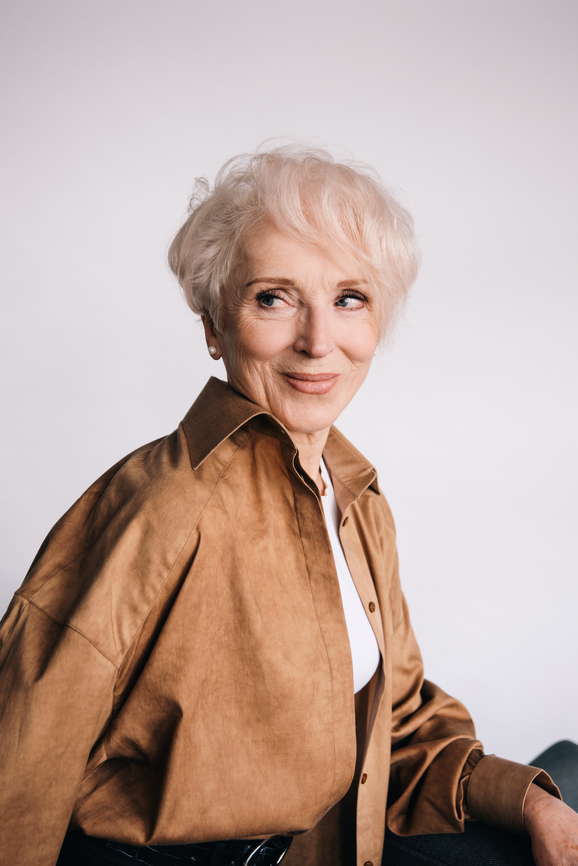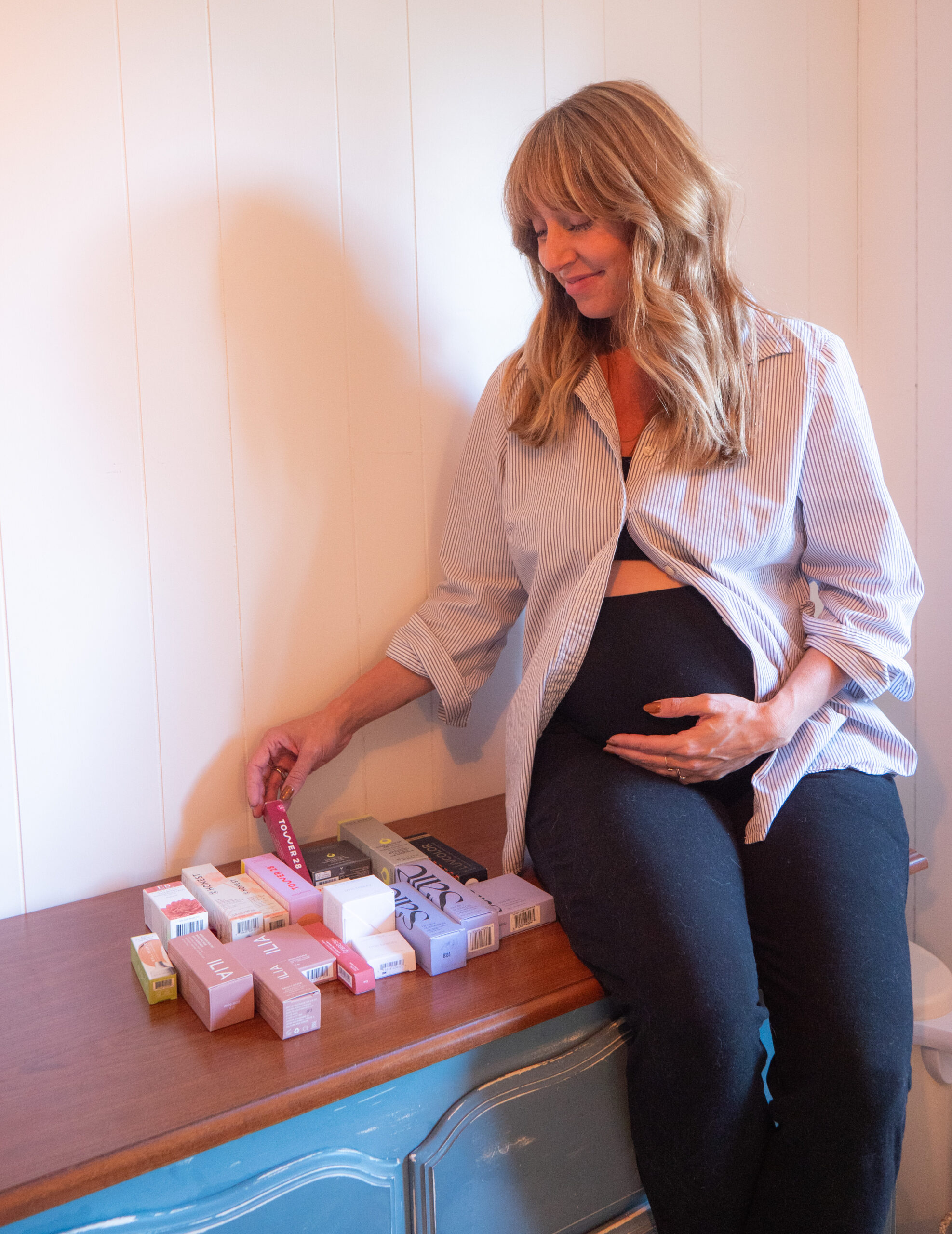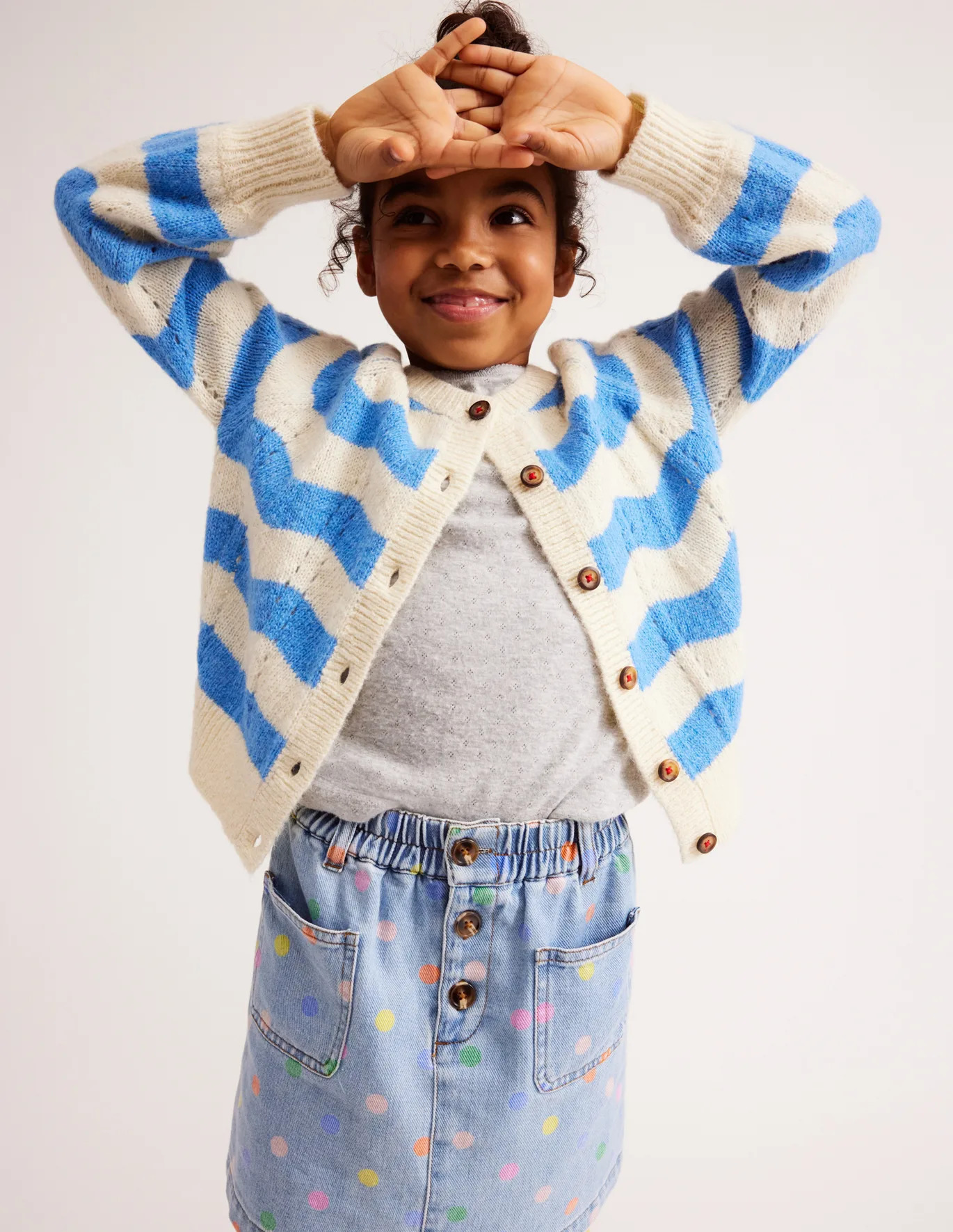
How The Pro-Aging Movement Is Changing The Beauty Industry
Time is a resource, arguably the most valuable. However, unlike other resources, we are told that the more we accumulate time, the less valuable we are. Getting older is the process of stacking our years on top of each other. Shouldn’t this feel miraculous? Yet, as I’ve gotten older, I’ve found myself counting these years by the wrinkles on my face or the things I haven’t done yet. I thought I would be somewhere different — better — at this age, I can’t help thinking on every birthday. Or every time my back gets sore at a concert that I could have happily stood through at 16.
“Getting older is the process of stacking our years on top of each other. Shouldn’t this feel miraculous?”
I have been on a journey to interrupt these pessimistic thoughts when they come. I also try to surround myself with people who make me excited for every new era of my life. My friends were just talking about how we can’t wait to be in our forties. Everyone we know in that decade is thriving. Still, deeply ingrained beliefs about value, worth, and, yes, beauty are difficult to root out. Especially when confronted by images glorifying youth in the media.
But a shift is happening. In every industry, older people are being recognized. Most surprising is the response from the beauty industry. Though the beauty industry played no small part in my complicated relationship with aging, it’s been making major progress toward change. The latest? Embracing pro-aging as the new anti-aging.
What is pro-aging?
The pro-aging movement is a recalibration. Everybody ages. Instead of spending the rest of our lives dreading the rest of our lives, why don’t we embrace it? Pro-aging isn’t about neglecting your health, your beauty rituals, or the habits that claim to boost longevity. In fact, the pro-aging movement advocates for self-care and wellness as cornerstones to a long, happy life.
“Pro-aging represents a healthier, balanced approach to skincare to achieve results that are scientifically developed to support you rather than fight against an unrealistic standard.”
– Dr. Shuting Hu, Founder of Acaderma
There’s one difference: Rather than engaging in these routines out of fear of aging, we’re encouraged to embrace aging and all the good it brings.
Pro-aging is the beauty industry’s long-awaited response to decades of reliance on anti-aging marketing campaigns. Plastered all over moisturizers and eye creams, the anti-aging label has been a compelling incentive for shoppers trying to find the fountain of youth for years.
Biologist and beauty founder of Acaderma, Dr. Shuting Hu has always been skeptical about anti-aging products and their claims. “As a biologist, I feel that it’s important to recognize the unhealthy narrative that ‘anti-aging skincare’ sells in the beauty industry,” she said. “Aging is natural and deserves to be celebrated — nobody should feel pressured to hide behind cosmetics or purchase products to meet an unrealistic expectation set by society. Pro-aging represents a healthier, balanced approach to skincare to achieve results that are scientifically developed to support you rather than fight against an unrealistic standard.”
Now, however, anti-aging labels are being replaced with pro-aging ones. While some might say it’s just marketing, this prefix shift signals a momentous turn for the beauty industry.
By delighting in the time we have spent living, this mentality tells us, we can look forward to the time we still have yet to live.
Why are beauty brands embracing pro-aging now?
For a long time, select legacy brands controlled the beauty industry. When I think of that era, I picture “Mad Men” — male advertisers in suits telling customers what to buy to feel good about themselves. As the industry has evolved, smaller brands have distinguished themselves by leading with purpose and shaping trends. Female founders bravely telling their stories are disrupting decades of anti-aging messaging and inspiring us all to embrace pro-aging.
“Female [beauty] founders bravely telling their stories are disrupting decades of anti-aging messaging and inspiring us all to embrace pro-aging.”
Three Ships cofounder, Laura Burget, for example, started rethinking her relationship with aging when she was confronted with the reality that we never know how much time we have left. “After being diagnosed with a brain tumor when I was 26, I’ve personally learned to treasure the process of getting older,” she says. “Tomorrow isn’t promised to any of us, so I very much see aging as a privilege instead of something to dread. There are so many messages being thrown to us about how we should look, whether or not we’ve done enough at a certain age — to me aging is a way to figure out how to move in the world, and I celebrate that with each passing year.”
One consequence of the anti-aging mindset is how it devalues the moment we’re in. By always looking back, we fear the future and never actually experience the present.
Pro-aging offers an alternative. Pay attention to your changing body, skin, face, and hair, and be deeply curious about yourself. Nurturing our curiosity about ourselves also makes us less likely to spend hours examining new gray hairs and wrinkles. Imagine the hours you get back. Imagine the life.
“I’m not interested in trying to fight against time,” says Burget. “I’m choosing to support my changing needs gracefully, and with a lot of love.”
“I believe in the concept of healthy aging, not anti-aging. I don’t believe in clinging to youthfulness indefinitely; rather, I believe in maintaining the most vibrant, alive version of oneself.”
– Lisa Goodman PA, Founder of GoodSkin Clinics
Lisa Goodman PA, Founder of GoodSkin Clinics, also nurtures her curiosity about herself. She founded GoodSkin Clinics to create a skincare solution that took a more personalized approach to aging. “Throughout my 20 years of practicing aesthetics I have seen firsthand the transformative power and beauty that emerges when you approach aging with a healthy mindset,” she says. “I believe in the concept of healthy aging, not anti-aging. I don’t believe in clinging to youthfulness indefinitely; rather, I believe in maintaining the most vibrant, alive version of oneself.”
Upon hearing Lisa’s philosophy, I asked myself: What does the most vibrant, alive version of myself look like? My answers didn’t actually include many physical attributes.
To combat the accepted narrative of aging, increasingly more beauty brands are incorporating the pro-aging movement into their campaigns and marketing. They are creating a new visual vocabulary for beauty at every age. And Lisa is one of them.
“I believe in celebrating the beauty of aging while empowering individuals to achieve their healthiest, most vibrant selves. I can now say that this approach works,” says Lisa. “We did a beautiful campaign last year with 10 women who have been GoodSkin Clients for over 10 years and reviewed their individual journeys.”
Seeing older women in beauty campaigns and witnessing the cultural shift has even impacted treatment trends. While beauty treatments are more accessible than ever, the misconception that everyone is trying to reverse aging is untrue. SkinSpirit Pasadena Medical Director Dr. Rachel Reyes-Bergano has seen how the shift to pro-aging is changing why people seek out aesthetic treatments.
“There has definitely been a shift towards pro-aging,” she says. “As an Aesthetic Physician and a woman, I recognize societal pressures to look younger. Unfortunately, media can amplify a type of face/body dysmorphia which is not what we are about at SkinSpirit. We do not follow trends without a medical basis.” For Dr. Reyes-Bergano, changing media trends towards more natural aging means she has to push against less resistance. “I have experienced a shift in patients these days, saying ‘make me look less tired’ rather than ‘make me look 10 years younger.’ Pro-aging means looking your best while embracing your age.”
“Pro-aging means looking your best while embracing your age.”
– Dr. Rachel Reyes-Bergano, Medical Director of SkinSpirit Pasadena
Beauty brands are also feeling the pressure to adopt pro-aging as the media landscape changes. As Dr. Reyes-Bergano indicated, the media we consume shapes our sense of self. Digital media and autonomous storytelling through social media like TikTok means the images we see are not controlled by Don Draper types. Instead, we spend our days looking at real people. Plus, with the advent of UGC content generated by real users rather than actors and models, many beauty brands are showcasing their diversity by spotlighting their community.
Three Ships is one of them. “We have the privilege of having a community made up of incredible women of all ages, so a lot of our images and content are focused on celebrating their journeys and sharing their stories,” says Laura. Inviting customers to participate in the culture of pro-aging is encouraging. It reminds us that the shutters don’t close up once your hair turns gray and you have a certain number of lines around your eyes. The windows are still wide open. And, with our newfound ability to enjoy the present moment, we can look beyond the current beauty landscape to the one that’s approaching.
How to support the pro-aging movement
While the beauty industry is making admirable changes, pro-aging isn’t just about choosing products with different labels. Pro-aging is about asking ourselves where we can pivot. This will likely mean taking a holistic approach. Here are some ways to recalibrate your brain, speech, and behavior to embrace a pro-aging mindset:
Support brands that advocate for self-love at every age
Brands that focus on skin health rather than superficial markers of youth and beauty are usually good places to start. So are purpose-focused brands that champion inclusion. While naming isn’t everything, you can also look for brands that use pro-aging terminology in their packaging.
Some brands to look out for include:
- Three Ships
- Mutha Beauty
- Kosas (Their revealer concealer, a breathable product for all skin types, is especially good.)
- RMS Beauty
Change how you speak about aging
This was a tough one for me. After writing about anti-aging and stopping wrinkles in their tracks for years, I have pivoted to more mindful language. For example, I now frame my makeup usage differently — there’s nothing to get rid of or hide on my face. Language and action are intertwined, and talking differently about aging has changed how I shop. But, most importantly, it changed how I feel about myself.
Some examples of shifts in language include:
- Age gracefully → Aging vibrantly
- Wrinkle repair → Collagen supporting, barrier building
Don’t stop learning
Embracing pro-aging includes committing to inheriting more wisdom as time passes. Expand your learning to include resources that share positive, supportive stories about aging. We recommend filling your social media feeds with creators of all ages.
Here are a few of our favorite outlets:
“Here’s to aging beautifully.”
To help create the present and future that I want to see, I am thinking about how to embrace pro-aging in every pillar of my life. As I uncouple my notions of vibrancy to youth, I can also call out old patterns in my thoughts as well as in the world. Here’s to aging beautifully. Let us know what you think about the pro-aging movement in the comments.
Langa Chinyoka is a writer and strategist based in Los Angeles.




